[:en]So, you want to measure your laser’s power. Or energy. Or position. But you need to find a meter and sensor in your power range. Does “power” mean average power or peak power?
When I think of a laser, I think power.
At the end of the day, a laser is just another way to transfer energy from one place to another. (In fact, there are those that think it might be the next big thing in long-distance energy transportation, as used by Lockheed Martin to power a UAV for over 48 hours.)
Since power is a measure of how much energy is transferred in a unit of time, this is the prevalent parameter when it comes to lasers. However, if the laser is pulsed, things start getting complicated. Where before, there was just power and maybe power density, now we start to see many more specifications. There’s pulse energy, width, and repetition rate, as well as two kinds of power: peak and average. Pay attention, because here’s where it gets confusing. The same laser can have an average power of 10 mW, but a peak power of 10 kW!
Before we get to which kind of power needs to be taken into account when choosing a power meter, let’s take a step back to explain why there are two different powers in the first place.
Divide the energy per pulse by the pulse width (in time) and you will get the peak power. This is the power of the laser during the pulse, and it would be your only power spec if instead of pulsing the laser you never turned it off (as in a CW laser). But since the laser is off some of the time (usually much more time than it’s on) the average power will be lower. A simple way to think of the average power is just the peak power times the duty factor. In other words, you’re averaging the power over the course of one on/off cycle of the laser.
So, if for example, your laser is 10 kW, and it pulses for 1 ns at 1 kHz (in other words, its duty cycle is 1/1,000,000 or 0.0001%). Since the laser is off a million times as much as it’s on, the effective average power is one millionth of the peak power, or 10 mW.
Figure 1 – A simple diagram of average power and peak power, where the peak power is 10 W, the duty factor is 20% and the average power is 2 W.
Selecting a Power Sensor for a Pulsed Laser
Let’s talk about how this relates to measuring your laser with a power sensor. If you are using a thermal or photodiode sensor to measure power, you’ll find only one spec for maximum power. So which power does this refer to?
The short answer: AVERAGE POWER.
Ophir never refers to peak power (directly) in any of its datasheets. The power range and the damage threshold (in power density) are with respect to average power, not peak power. But – and stay with me here – that isn’t to say that peak power has no effect on our sensors. It does affect them, but only indirectly.
If you look carefully at our laser power sensor datasheets, you will notice that there are two damage thresholds: power density and energy density.[1] As opposed to power density, which is usually a simple number in kW/cm2, energy density is usually portrayed as a table, with several possible values (in J/cm2). The maximum energy density depends on the pulse width, because a longer pulse width allows more time for the energy to be absorbed and dissipated as heat. We frame this as a derated max energy density for very short pulses, but one could just as easily look at it as a sliding scale of energy densities to ensure that a given peak power is not exceeded.
Bottom Line
Does peak power play a role in choosing the best laser power or energy sensor?
YES
Do you need to worry about it when checking the sensor specs?
NO. Just make sure your laser fits with all the other requirements, including maximum energy density at your pulse width, and you should be all set!
Over to You
I find that a side-effect of becoming too familiar with anything is that even obscure or complicated specs begin to seem obvious. Is there some aspect of measuring your laser that always seemed convoluted to you?
[1] I should point out that energy density is a damage consideration, which must be considered for any pulsed laser, even if you will only use the sensor to measure power.
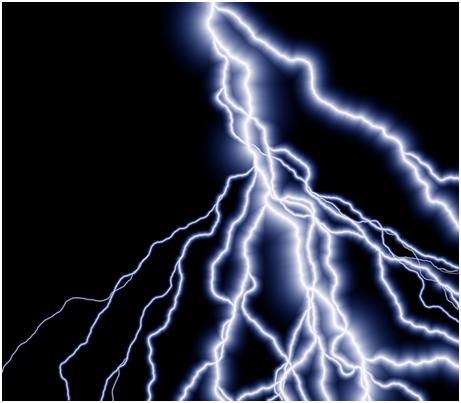

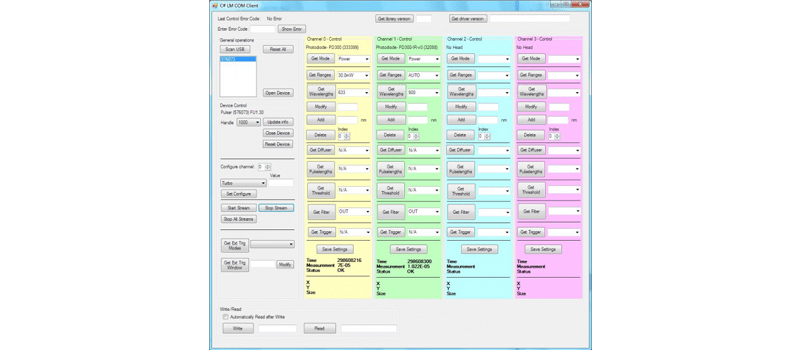



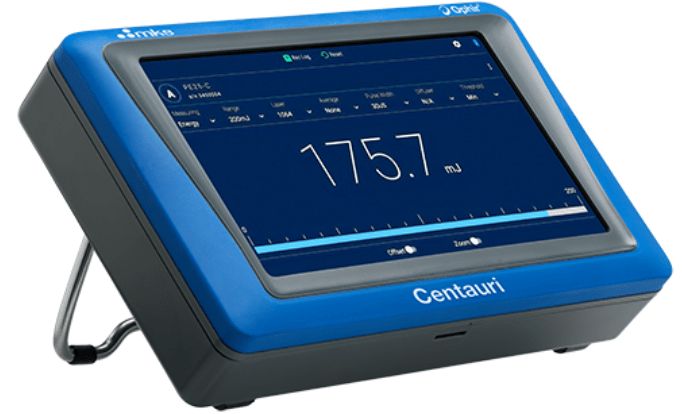
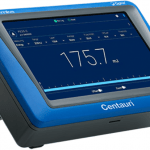



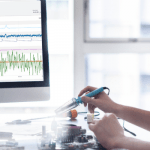

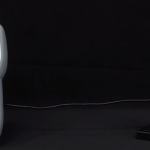
Hi,
We have L40(150)A thermal sensor for average power measurement. I want to know what is the maximum pulse width of single pulse which it can measure also. My peak power is 20W max and beam diameter is 5mm. For 20W peak power and 2sec long pulse, max energy density with 5mm laser beam comes to 408J/cm2, there is no specification on the longer pulse width, please clarify this.
Best Regards,
Rajesh
It’s great to find somoene so on the ball
Rajesh, thank you for the question. According to our sensor finder, you can use the L40(150)A for such a laser.
This is interesting as the sensor’s spec has a maximum damage threshold of 10 J/cm2 (at 10 ms). My guess is that when dealing with longer pulses such as your 2 second pulse, the damage threshold is much higher.
However, I’m checking this with our Dr. Ephraim Greenfield (Ophir CTO) since I want to be 100% sure.
This is a neat summray. Thanks for sharing!
Hello Effy, thanks for the clarification… will wait to see next update.
Meanwhile could you please clarify below regarding L40(150)A sensor:
1. I want to measure 100mW average power. What is the maximum % error I should consider for this. Because there is calibration uncertainty of 3%, and I make sure the laser beam falls inside inner 25% of the aperture, so no additional errors.
2. When we want to measure average power in case of modulated laser pulse, say 20KHz, 1% DF, do I need to budget additional error in the power measurement?
Best Regards,
Rajesh
In response to your earlier question (about long pulse measurements), here is what Ephraim writes:
“Yes, we treat it as CW. In his case his damage threshold would be 70 kJ/cm². The sensor finder handles such longer pulses.” (You can find the sensor finder here: http://www.ophiropt.com/laser-measurement-instruments/laser-power-energy-meters/services/sensor-finder)
In response to your later questions:
1. There are many possible source of error in the reading. However, in your case, most are eliminated other than the original calibration accuracy. The only possible source of additional error I can think of would be if your laser wavelength is different than the wavelength at which the sensor was calibrated. This shouldn’t be more than 1-2%. (And the total error would be the root squared sum – so 2% and 3% yields 3.6%.)
For a more in-depth analysis of measurement error, try reading Ephraim’s tutorial: https://www.ophiropt.com/laser-measurement-instruments/laser-power-energy-meters/tutorial/calibration-procedure
2. I don’t think this should be an issue. I recommend you try contacting Ephraim directly for these questions just in case. He’s really the expert: ephraim.greenfield@ophiropt.com
Thanks for clarifications.
I will contact Ephraim, thanks for the mail id.
A praovcvtioe insight! Just what we need!
Pin my tail and call me a doynek, that really helped.